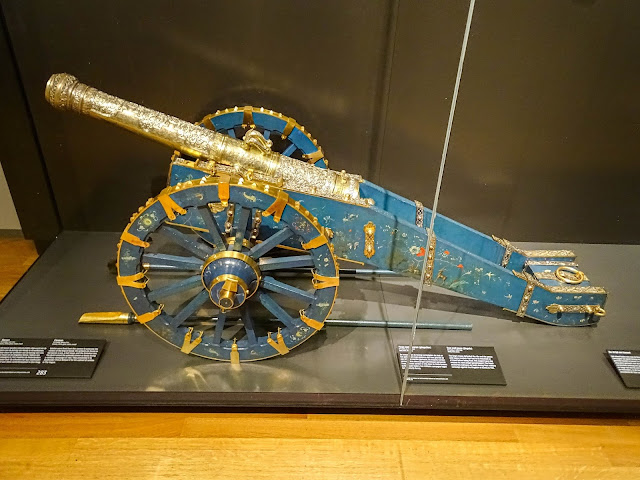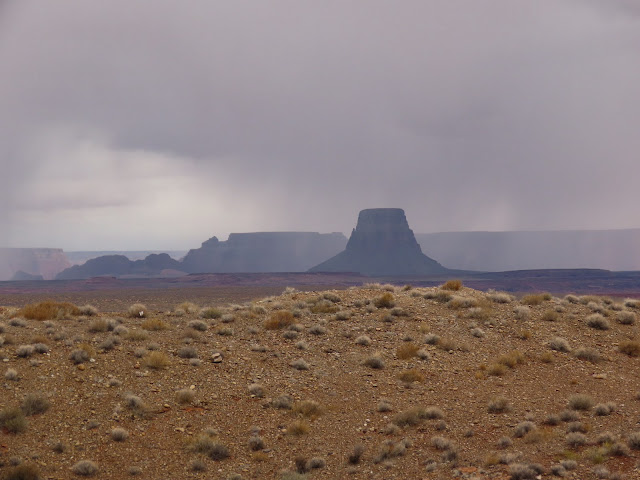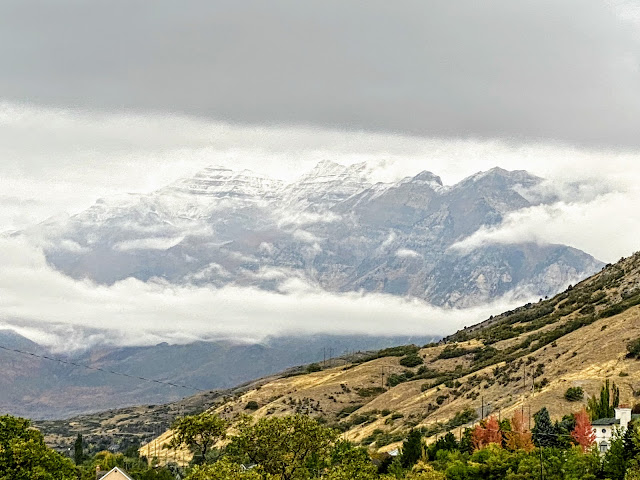The plant most associated with Christmas is perhaps the poinsettia. This isn't really a flower. The red part of the plant are the leaves. The flowers are the tiny parts of the plant in yellow. Here is an explanation from Wikipedia: Poinsettia.
The poinsettia (/pɔɪnˈsɛtiə/ or /pɔɪnˈsɛtə/) (Euphorbia pulcherrima) is a commercially important plant species of the diverse spurge family (Euphorbiaceae). Indigenous to Mexico and Central America, the poinsettia was first described by Europeans in 1834. It is particularly well known for its red and green foliage and is widely used in Christmas floral displays. It derives its common English name from Joel Roberts Poinsett, the first United States Minister to Mexico, who is credited with introducing the plant to the US in the 1820s. Poinsettias are shrubs or small trees, with heights of 0.6–4 m (2.0–13.1 ft). Though often stated to be highly toxic, the poinsettia is not dangerous to pets or children. Exposure to the plant, even consumption, most often results in no effect, though it can cause nausea, vomiting, or diarrhea.
Wild poinsettias occur from Mexico to southern Guatemala, growing on mid-elevation, Pacific-facing slopes. One population in the Mexican state of Guerrero is much further inland, however, and is thought to be the ancestor of most cultivated populations. Wild poinsettia populations are highly fragmented, as their habitat is experiencing largely unregulated deforestation. They were cultivated by the Aztecs for use in traditional medicine. They became associated with the Christmas holiday and are popular seasonal decorations. Every year in the US, approximately 70 million poinsettias of many cultivated varieties are sold in a six-week period. Many of these poinsettias are grown by Paul Ecke Ranch, which serves half the worldwide market and 70% of the US market.
Euphorbia pulcherrima is a shrub or small tree, typically reaching a height of 0.6–4 metres (2–13 ft). The plant bears dark green dentate leaves that measure 7–16 centimetres (2.8–6.3 in) in length. The colored bracts—which are normally flaming red, with cultivars being orange, pale green, cream, pink, white, or marbled—are often mistaken for flower petals because of their groupings and colors, but are actually leaves. The colors of the bracts are created through photoperiodism, meaning that they require darkness (at least fourteen hours at a time for 6–8 weeks in a row) to change color. The plants also require abundant light during the day for the brightest color.
The flowers of the poinsettia are unassuming. They are grouped within the cyathia (small yellow structures found in the center of each leaf bunch, or false flowers). Nothing is known about pollination in wild poinsettias, though wasps are noted to occasionally visit the cyathia. All flowers in the Euphorbiaceae are unisexual (either male or female only), and they are often very small in size. In Euphorbia, the flowers are reduced even more and then aggregated into an inflorescence or cluster of flowers.

















































